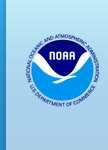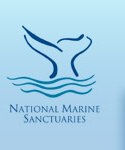Rescued corals given second life at aquariums and zoos across the country

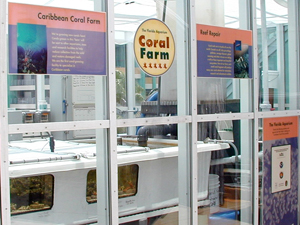
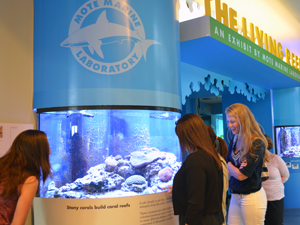

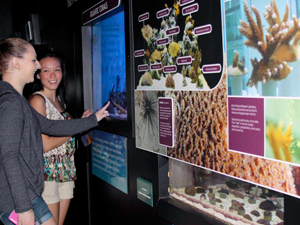
Though nothing could ever replace the wonder of seeing the Florida Keys coral reef in person, technically you don’t have to visit the Florida Keys to see Keys’ corals. If you’ve ever been to the Florida Aquarium, Georgia Aquarium, SeaWorld Texas, Discovery World, Mote Aquarium or one of a dozen specially-permitted zoos and aquariums across the country, chances are you’ve seen Florida Keys corals.
In the Florida Keys, coral is protected by the Sanctuary from harm or harvest. It is because of these special protections that the Sanctuary works with local governments and agencies to ensure that repairs to docks, seawalls and piers have minimal impact to coral animals. Prior to such projects, trained Sanctuary and partner science divers will “rescue” corals from harm’s way. While some rescued corals are transplanted back to the original site or used in habitat restoration, others are given a second life educating the public.
To foster greater appreciation for the marine environment and coral reef conservation, the Sanctuary issues special permits to organizations, zoos and aquariums allowing them to showcase Florida Keys corals for educational purposes:
- Sanctuary corals are on display, educating the masses as far away as Milwaukee, WI where they’re featured in the Atlantic reef exhibit of Discovery World and in special tanks reserved for behind the scenes tours.
- The Florida Aquarium in Tampa, FL displays more than 270 Keys’ corals in their “Corals Alive” and “Coral Farm” exhibits, educating close to 650,000 visitors annually about the coral reef environment.
- Visitors to Key West can view rescued corals on display in Mote Marine Laboratory’s “Living Reef” exhibit at the Florida Keys Eco-Discovery Center. The Aquarium at Mote Marine Laboratory in Sarasota, FL also showcases approximately 30 rescued corals in their “Corals at Risk” exhibit that highlights coral restoration and propagation.
- A special 240-gallon exhibit at the Georgia Aquarium houses coral and fish found exclusively in the Florida Keys. Sanctuary-rescued corals were transported via air cargo to Atlanta, where more than two million people a year are able to see their beauty without getting wet.
- Florida Keys corals share the limelight with their Caribbean counterparts in the “Caribbean Coral Conservation” exhibit at SeaWorld in San Antonio, TX, where patrons learn about the threats to coral reefs and conservation efforts. Other Keys’ corals reside in special tanks reserved for behind the scenes tours and education groups.
Sanctuary corals are also on display at the following permitted educational facilities: Aquarium of the Smokies, Columbus Zoo, John G. Shedd Aquarium, Mote Marine Laboratory, Museum of the Earth, Omaha’s Henry Doorly Zoo, Pittsburgh Zoo and PPG Aquarium, Reef Relief, Smithsonian Marine Station at Fort Pierce, and the Steinhart Aquarium.
